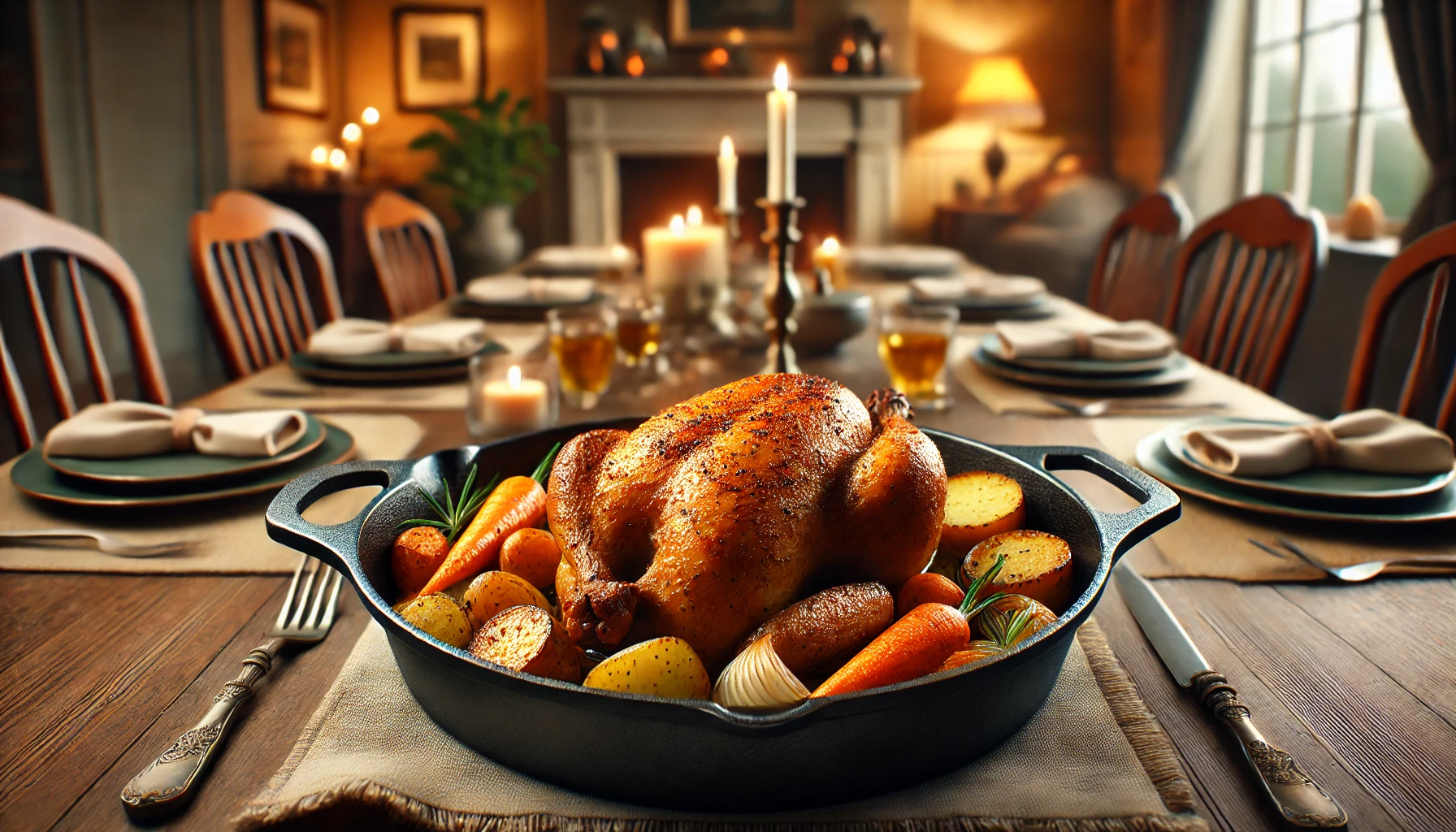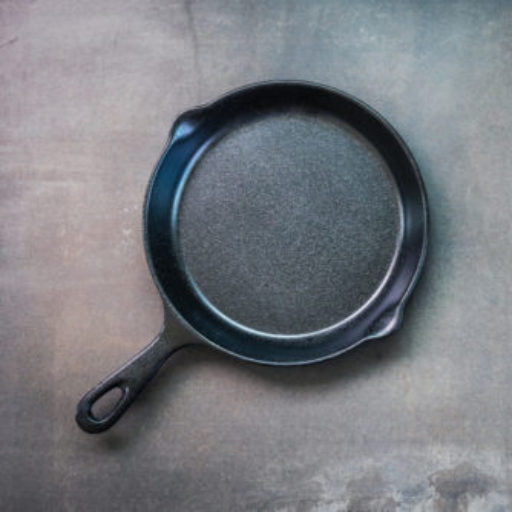Cooking steak bites perfectly can be a delightful and rewarding experience. Using a cast iron skillet elevates the taste and texture due to its superior heat retention and even cooking. In this article, we will explore the tremendous benefits and detailed steps on how to cook steak bites in cast iron skillet.
Prepare to be delighted with this adventure in culinary perfection!

Why Choose a Cast Iron Skillet?
A cast iron skillet is a timeless kitchen tool loved by many for its ability to withstand high temperatures and provide a tremendous sear to meats. Heres why its here to make your cooking easy:
Even Heat Distribution
Cast iron skillets are known for their even heat distribution, which ensures that your steak bites are cooked uniformly. This minimizes the risk of having inconsistently cooked food.
Durable and Long-lasting
One of the big advantages of a cast iron skillet is its durability. When maintained properly, it can last for generations. Learn about the best accessories to pair with your skillet by visiting our section on Skillet Accessories.
Seasoning for Flavor
Over time, your cast iron skillet builds up a natural non-stick surface through the process of seasoning, which adds a terrific depth of flavor to whatever you cook in it.

Ingredients Needed
Before diving into the cooking process, ensure you have the following ingredients:
- 1-pound steak (ribeye, sirloin, or filet mignon)
- 2 tablespoons olive oil
- Salt and pepper to taste
- 2 cloves garlic, minced
- 2 tablespoons butter
- Fresh herbs (optional, such as thyme or rosemary)

Step-by-Step Guide on How to Cook Steak Bites in Cast Iron Skillet
Step 1: Preparing the Steak
First, start by patting the steak dry with a paper towel. This step is crucial as it ensures a good sear. Then, cut the steak into bite-sized pieces.
Step 2: Seasoning
Generously season the steak bites with salt and pepper. You can also add other spices according to your preference.
Step 3: Preheat the Skillet
Place your cast iron skillet on the stove and preheat it over medium-high heat. Add 2 tablespoons of olive oil and wait until it shimmers.
Step 4: Searing the Steak Bites
Add the steak bites to the skillet in a single layer. Cook them for about 2-3 minutes undisturbed to develop a nice sear. Turn the bites and cook for another 2-3 minutes.
Step 5: Adding Butter and Garlic
Add in the butter and minced garlic. Stir the steak bites around to coat them in the butter and garlic while cooking for an additional minute.
Step 6: Resting the Steak Bites
Once cooked, remove the steak bites from the skillet and let them rest for a few minutes. This helps the juices redistribute, ensuring a moist and flavorful bite.

Serving Suggestions
Serve the steak bites with a side of your favorite vegetables or a fresh salad for a tremendous meal. You can also explore more recipes for your cast iron skillet on this Gear Patrol.
Cleaning Your Cast Iron Skillet
After enjoying your meal, proper cleaning of your cast iron skillet is essential. For an in-depth guide, visit our page on Cleaning Cast Iron.
Step-by-Step Cleaning Process
- Allow the skillet to cool.
- Use a spatula to remove excess food.
- Rinse with hot water and use a brush to scrub.
- Dry thoroughly and apply a light layer of oil for reseasoning.
Tips for Perfecting Your Steak Bites
Choosing the Right Steak
Opt for tender cuts like ribeye or sirloin for the best results.
Temperature Control
Make sure your skillet is adequately preheated before adding the steak bites. A hot skillet ensures a tremendous sear.
Allow Resting Time
Resting the steak bites is crucial to lock in the juices. This step should never be skipped.
Common Mistakes to Avoid
Overcrowding the Skillet
An overcrowded skillet leads to steaming rather than searing. This affects the texture and flavor of your steak bites.
Not Preheating the Skillet
Adding steak bites to a cold skillet results in uneven cooking and lackluster sear.
FAQ Section
Whats the best type of steak for steak bites?
Ribeye, sirloin, and filet mignon are excellent choices for tender and flavorful steak bites.
Can I use other oils besides olive oil?
Yes, oils with a high smoke point like vegetable oil or canola oil work well.
Do I need to season my cast iron skillet?
Yes, seasoning is crucial for maintaining the non-stick surface and enhancing flavors.
As an Amazon Associate, I earn from qualifying purchases.

